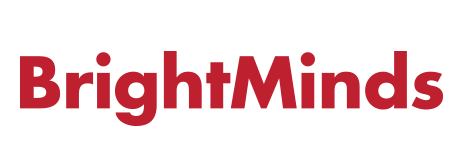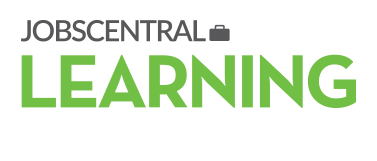There are many workforce big data analytics solutions in the market, but the secret to successful adoption is figuring out how you want this technology to help your business.
In today’s talent war, battles are won by organisations that not only fill up positions, but do so with the best talents available. To achieve this, organisations are turning towards big data – technology that enables them to mine vast amounts of online data, in order to make smart recruitment choices.
According to analytics firm Gartner, Human Resources big data is set to become a USD$232 billion industry by the year 2016. This approach to hiring is, in part, fuelled by the growing number of people plugging themselves into social media platforms. In an internet world, HR personnel have easy access to information like online resumes, records of employment and scanned business cards. These nuggets of information form the building blocks of big data for recruitment.
How Big Data Works
In essence, big data technology for recruitment is like a giant vacuum, sucking in information from multiple sources such as job boards, surveys, social media platforms, HR records and even publicly available employment records. These data are then quantified, and analysed by customised algorithms to show a range of workforce trends including education levels, employment gaps, and even the age difference between executives in certain positions.
However, organisations should not expect big data analytics to be a magic bullet that solves all their recruitment problems. They should remember that effective recruiters are still vital to the interpretation of the data for successful campaigns.
How Big Data Works For You
There are many workforce big data analytics solutions in the market, but the secret to successful adoption is figuring out how you want this technology to help your business.
Firstly, HR personnel need to understand that big data allows them to discover and visualise insights on a purely informational basis. Once familiar with this concept, they can then set clear parameters to aid their decision making process. For example: whether to come up with a list of best possible candidates for a position, or to gain intelligence on the best time to execute a recruitment campaign.
Solutions For Recruitment
To kickstart the use of big data in their decision making process, organisations must first digitise their onboarding platforms. To address this, CareerBuilder Singapore offers their Starter and Premium recruitment solutions:
· CareerBuilder 1 Starter is optimised for small sized businesses that are new to digitising their recruitment process. The solution provides businesses with the basic pipelining tools, and a platform to attract and manage both active and passive talents.
· CareerBuilder 1 Premium is a customisable recruitment solution that builds on the CareerBuilder 1 Starter platform. This option is ideal for medium sized businesses that intend to create and sustain long-term recruitment efforts.
Big Data For Business Decisions
Higher up on the totem pole, big data analytics technology enables HR business leaders to fine-tune their talent acquisition practices by examining the organisation’s entire hiring ecosystem. By leveraging this technology, HR departments can transform themselves from being a reactive component, into a business partner that has the foresight to make better talent-related decisions.
CareerBuilder’s Big Data Analytics Suite (BDAS) equips HR leaders with this vital information by pulling and analysing data from job boards, career sites, referrals, and applicant tracking systems (E.G: CareerBuilder 1 Premium). The information is then distilled into a single pane for easy viewing of the entire recruitment programme. Essentially, this solution allows managers to track the following:
· Performance of individual recruiters on the team
· Performance of your recruitment platforms (e.g. job boards, recruitment agencies, etc.)
· Duration of your open positions
· Cost per job opening and hiring of specific positions
Apart from analytics, the solution can also provide strategic reporting on everything from operational efficiency, to risk assessment and mitigation. For example, reports can be customised to show how much investment goes into the hiring of any single role. By studying details such as resume sources, the marketing cost of a targeted job ad, and the efficiency of the onboarding process for that role, HR leaders can advise internal stakeholders on hiring best practices, armed with trusted data at their fingertips.
Knowledge is power, and in human resources, big data empowers job recruitment and the development of a company’s hiring structure. However, organisations should understand that they can’t data mine their way to the perfect candidate.
In order to benefit from big data, organisations will need a combination of the right analytics setup to distil information, and people who can draw meaningful insight from these data sets.





